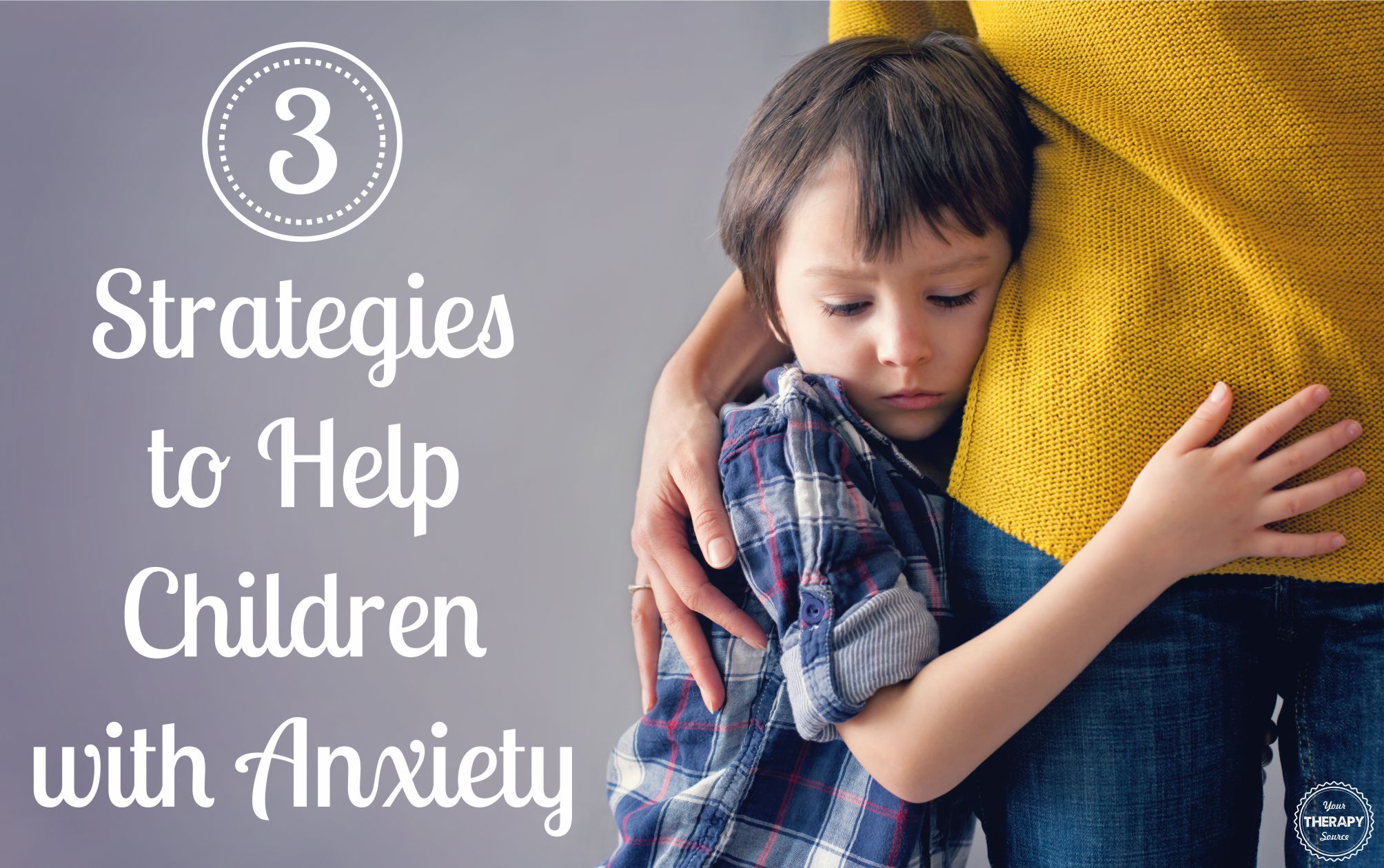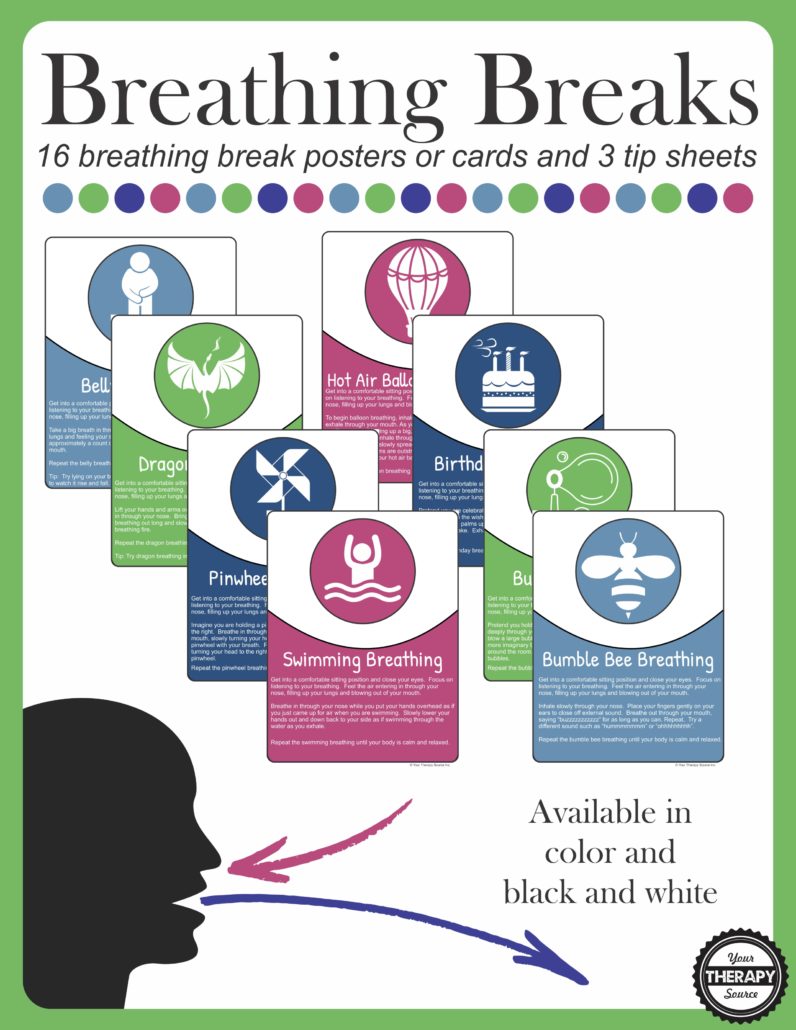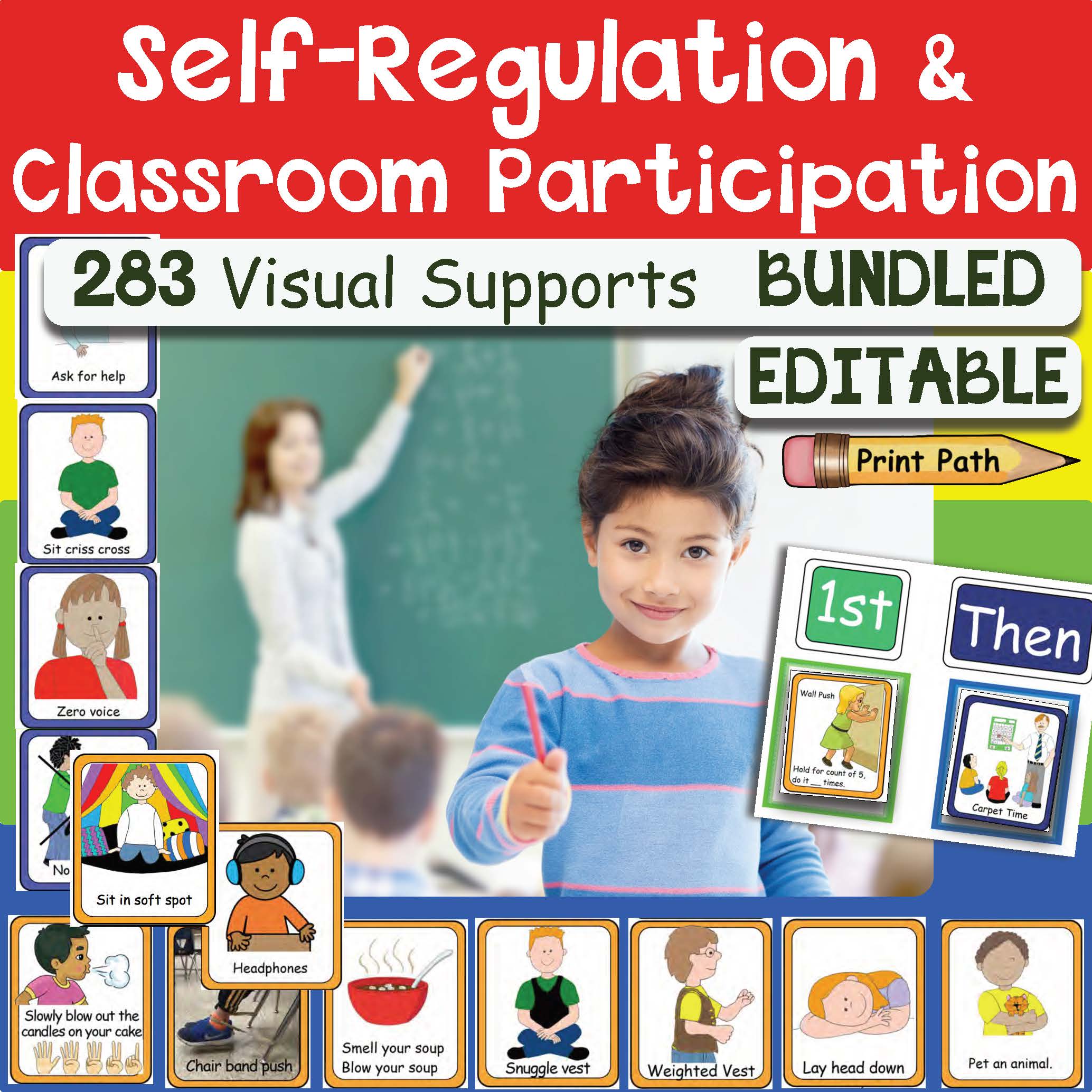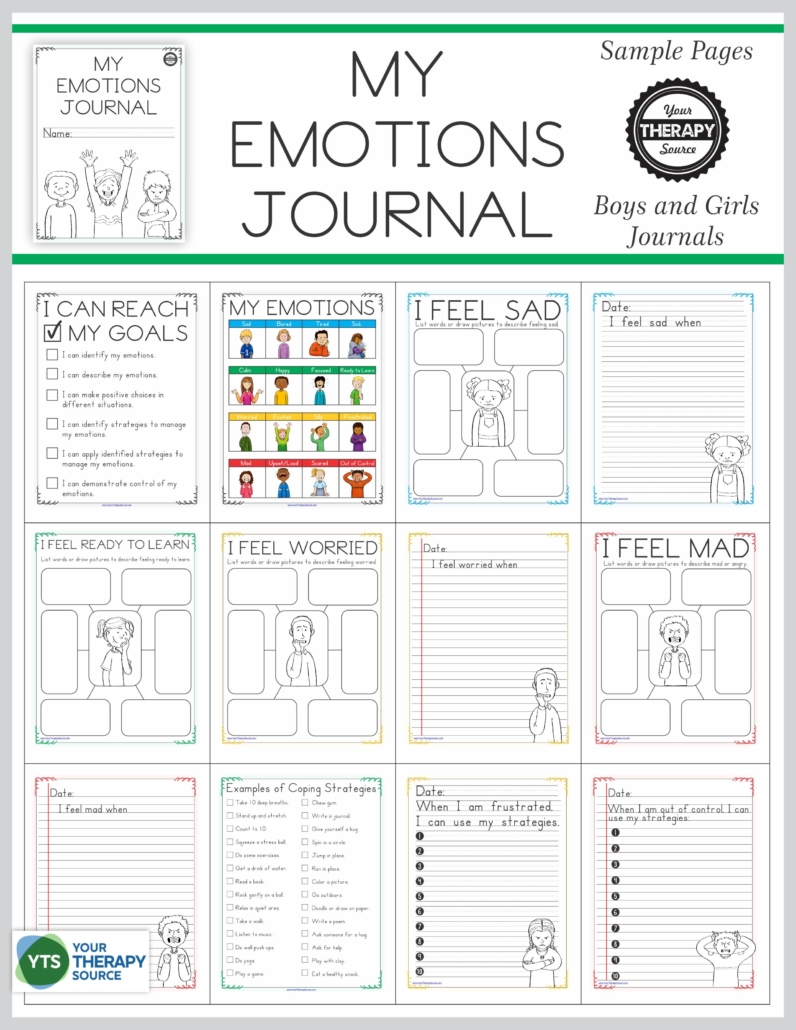3 Strategies to Help with Anxiety in Children

Anxiety can be very difficult for children resulting in considerable stress with negative consequences on daily living skills. There are many strategies to help with anxiety in children. Many children with co-morbid conditions such as autism spectrum disorder or intellectual disabilities are at greater risk for anxiety. Parents, teachers and children can learn strategies to help deal with anxiety.
3 Types of Strategies to Help with Anxiety
The three types of strategies to help with anxiety in children can be proactive, communicative and reactive.
Proactive strategies
The goal of these strategies is to prevent the anxiety from occurring. Some suggestions are using visual schedules, talking and explaining, relaxation techniques, and physical activities.
Deep breathing strategies can be extremely helpful to prevent anxiety.
Communication strategies
It is important to help children develop self-management, self-regulation and social interaction skills. Strategies in this area focus on encouraging children to identify their emotions and forming a controlled emotional response. A visual scale can be used to help children to identify emotional states. Here is an example of a visual scale to determine if a child is ready to work.
Reactive strategies
Reactive strategies to help with anxiety in children after anxiety has already set in. In order to manage anxiety once it already has occurred try distraction, quiet time, calming techniques, having fun and comfort strategies.
Reference: Gobrial, E., & Raghavan, R. (2017). Calm child programme: Parental programme for anxiety in children and young people with autism spectrum disorder and intellectual disabilities. Journal of Intellectual Disabilities, 1744629517704536.
Resources to Help with Anxiety in Children
Visual Supports: Schedules, Self-Regulation, & Classroom Inclusion
Designed by a school based occupational therapist, Thia Triggs, this color coded visual support system is suitable for your children with autism, emotional behavioral disturbance, intellectual disabilities, ADHD, communication disabilities, and more. Pictures are cute, engaging, and easy for children to understand.
Visual supports for self-regulation can be pivotal in implementing an IEP in the least restrictive environment. This digital download includes 283 visuals. FIND OUT MORE INFORMATION.
This comprehensive set of Emotional Regulation Worksheets includes 4 different My Emotions Journals to help boys and girls identify and manage emotions and behaviors. Each journal includes 50 pages and they are available electronically immediately following payment.






